Foundation garden for newly built home
LauraP0607
9 years ago
Related Stories
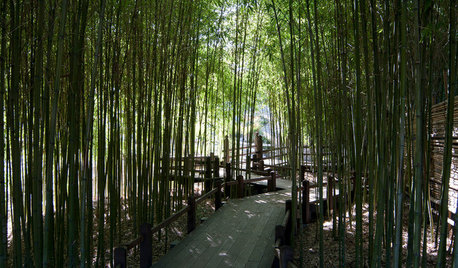
INSPIRING GARDENSStroll Through a Magnificent Japanese Garden, Newly Renovated
Get a glimpse of the Huntington's Japanese Garden today along with its storied past in a glossy new book
Full Story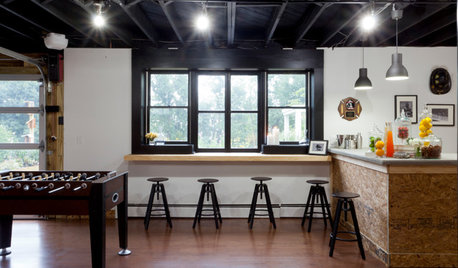
BASEMENTSBasement of the Week: Newly Finished and Open to the Outdoors
Relaxing, working, playing ... a New Jersey family can pick their pastime in this industrial-style walk-out leading to a new patio
Full Story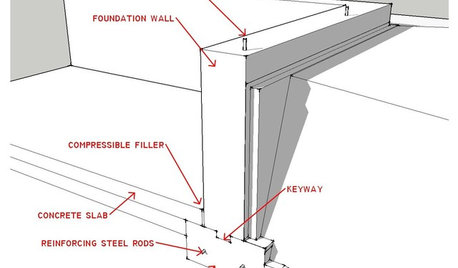
ARCHITECTUREKnow Your House: What Makes Up a Home's Foundation
Learn the components of a common foundation and their purpose to ensure a strong and stable house for years to come
Full Story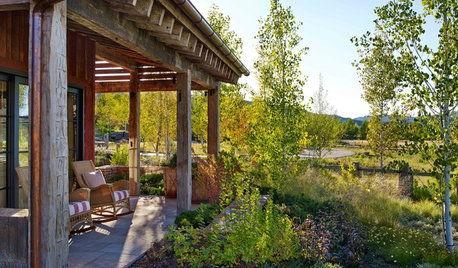
EVENTSSee 5 Colorado Landscapes That Blend Nature With Artistry
These Denver and Aspen gardens — part of the Cultural Landscape Foundation’s Garden Dialogues series — embrace their larger environments
Full Story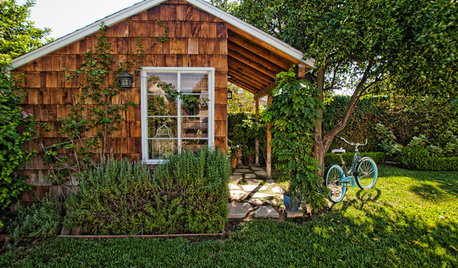
BACKYARD IDEAS7 Backyard Sheds Built With Love
The Hardworking Home: Says one homeowner and shed builder, ‘I am amazed at the peace and joy I feel when working in my garden shed’
Full Story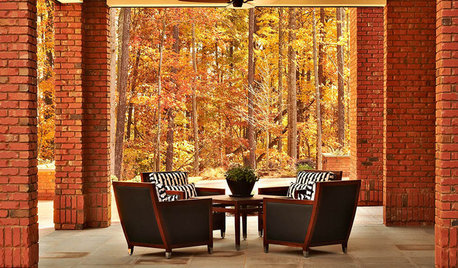
ARCHITECTUREGet a Perfectly Built Home the First Time Around
Yes, you can have a new build you’ll love right off the bat. Consider learning about yourself a bonus
Full Story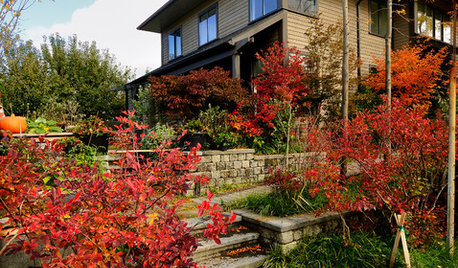
Houzz Tour: An Urban Home Nestled in a Thicket
Universal design, Japanese influences, gorgeous landscaping and much more come together in this newly built home in Seattle
Full Story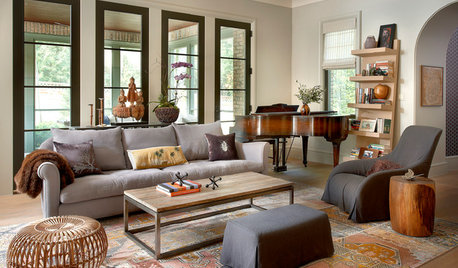
TRANSITIONAL HOMESHouzz Tour: Character for a New House in the ’Burbs
A newly built home in a northern suburb of Chicago gets a personality adjustment
Full Story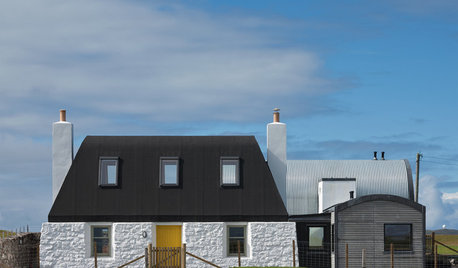
TRADITIONAL HOMESHouzz Tour: An Island Cottage Built of Stone and Steel
A home in Scotland’s Inner Hebrides blends original materials with a new structure to stay in tune with its environment
Full Story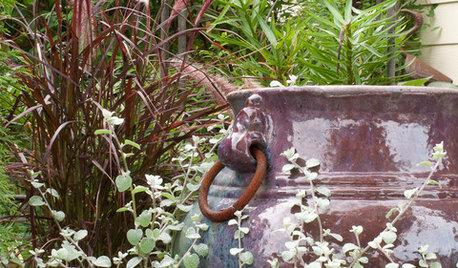
PLANTING IDEASGreat Garden Combo: Silver Sparkles Amid Purple and Blue Foliage
Get the look of this modern foundation planting by focusing on a restrained color palette with tasteful accents
Full Story





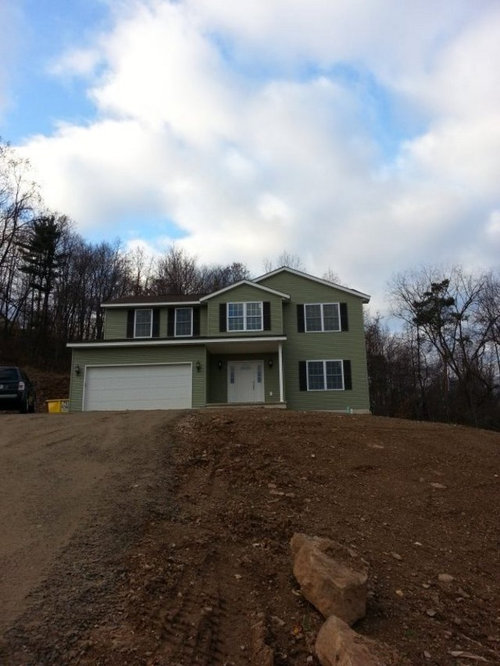


gardenweed_z6a
LauraP0607Original Author
Related Professionals
Forest City Landscape Architects & Landscape Designers · Crystal Landscape Contractors · East Haven Landscape Contractors · Estelle Landscape Contractors · Fort Wayne Landscape Contractors · Haverhill Landscape Contractors · North Lauderdale Landscape Contractors · Paterson Landscape Contractors · South Lake Tahoe Landscape Contractors · Franconia Decks, Patios & Outdoor Enclosures · Los Alamitos Decks, Patios & Outdoor Enclosures · Orland Park Decks, Patios & Outdoor Enclosures · Prichard Decks, Patios & Outdoor Enclosures · Riverside Decks, Patios & Outdoor Enclosures · Waukesha Decks, Patios & Outdoor Enclosuresdiggingthedirt
LauraP0607Original Author
gardenweed_z6a
defrost49
LauraP0607Original Author
gardenweed_z6a
LauraP0607Original Author
LauraP0607Original Author
NHBabs z4b-5a NH
LauraP0607Original Author
NHBabs z4b-5a NH
mad_gallica (z5 Eastern NY)
gardenweed_z6a
LauraP0607Original Author
LauraP0607Original Author
LauraP0607Original Author
gardenweed_z6a
NHBabs z4b-5a NH
LauraP0607Original Author
mad_gallica (z5 Eastern NY)
LauraP0607Original Author
LauraP0607Original Author
pixie_lou